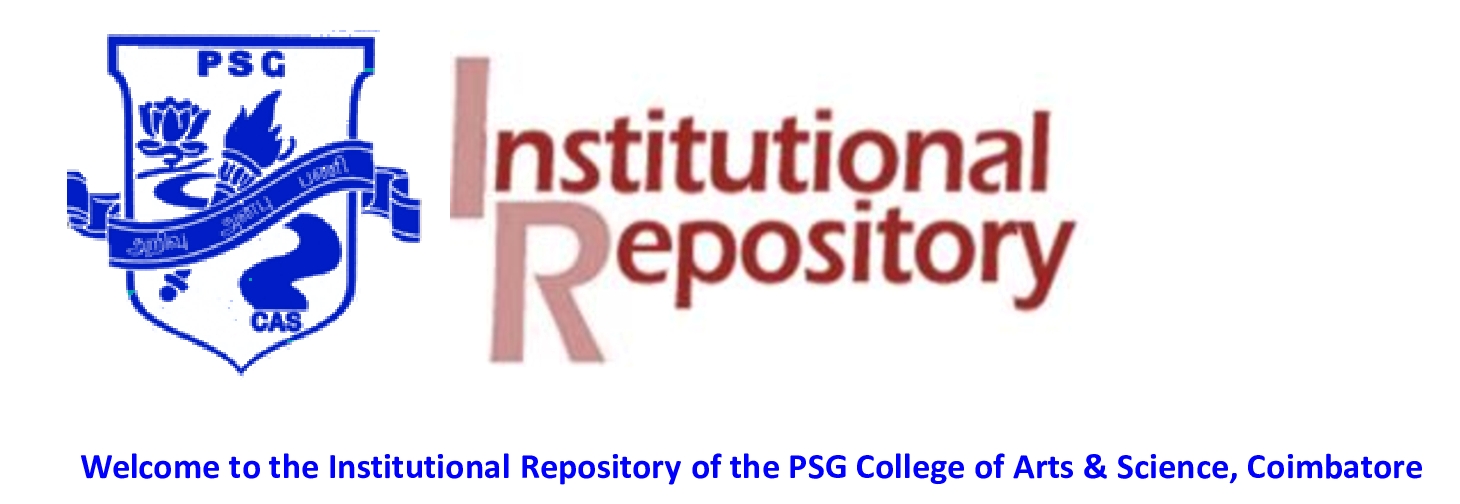Brindha Durairaj and Madhumitha Dhanabal (2023) In vitro evaluation of Elaeagnus conferta Roxb.- As a potent antioxidant and anti-inflammatory agent. In vitro evaluation of Elaeagnus conferta Roxb.- As a potent antioxidant and anti-inflammatory agent, 14 (4). pp. 573-580. ISSN 0976-0512
24.pdf - Published Version
Download (5MB)
Abstract
The key objective of the study was to identify bioactive compounds present in Elaeagnus conferta Roxb. and to
determine their antioxidant and anti-inflammatory efficacy. Qualitative and quantitative preliminary screening of
phyto-constituents was carried out using different solvent extracts, namely petroleum ether, ethyl acetate, acetone, ethanol, hydro-ethanol, and water, followed by in vitro antioxidant and anti-inflammatory assay. Among the six extracts, hydro-ethanolic extract revealed the presence of most of the secondary metabolites, which was used for further analysis. Antioxidant activity was determined by DPPH, Hydrogen peroxide scavenging assay and Nitric oxide scavenging assay.The results showed significant antioxidant potential in a strongly dose-dependent manner. Based on the antioxidant results,the in vitro anti-inflammatory assays were carried out. The anti-inflammatory assay inhibition of protein denaturation using egg albumin, bovine serum albumin and HRBC membrane stabilisation was done, which revealed that this plant species may serve as an excellent source of natural antioxidant and anti-inflammatory compounds. This study suggests that E. conferta Roxb. has potent efficacy to act as an anti-inflammatory agent and can possibly be used as a plant source in the pharmaceutical industry.
| Item Type: | Article |
|---|---|
| Uncontrolled Keywords: | Anti-inflammatory, Anti-oxidant assay, DPPH, Elaeagnus conferta, HRBC membrane stabilization, Protein denaturation assay |
| Divisions: | PSG College of Arts and Science > Department of Biotechnology |
| Depositing User: | Dr. B Sivakumar |
| Date Deposited: | 18 Apr 2024 05:39 |
| Last Modified: | 18 Apr 2024 05:39 |
| URI: | https://ir.psgcas.ac.in/id/eprint/2132 |


 Altmetric
Altmetric Altmetric
Altmetric